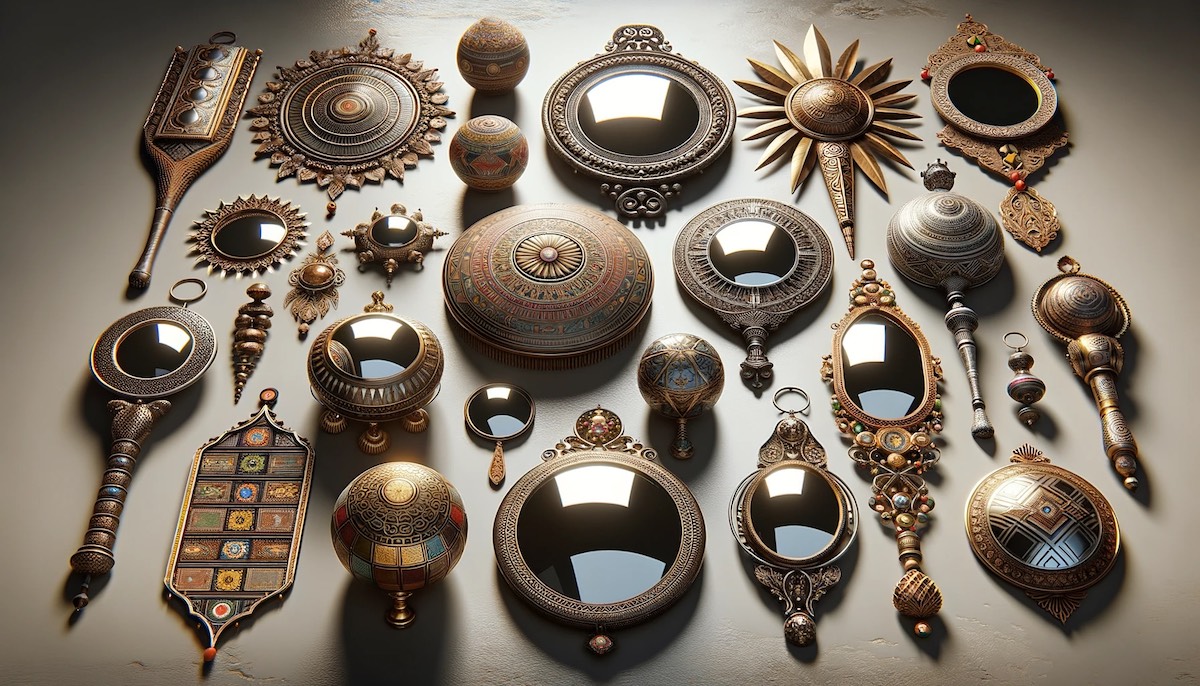

Articles
What Are Mirrors
Modified: February 24, 2024
Learn about mirrors and their importance in daily life through informative articles. Discover the science, history, and various types of mirrors.
(Many of the links in this article redirect to a specific reviewed product. Your purchase of these products through affiliate links helps to generate commission for Storables.com, at no extra cost. Learn more)
Introduction
From the moment we wake up to the time we go to bed, mirrors play a significant role in our daily lives. They have become an essential part of our homes, offices, and public spaces. But have you ever wondered what mirrors really are, besides being a reflection of our own appearance? In this article, we will explore the fascinating world of mirrors, uncovering their definition, types, reflective properties, uses, historical significance, their presence in art and design, and even some fun facts.
So, let’s dig deeper and unlock the secrets behind these captivating objects that have captivated humans for centuries.
Key Takeaways:
- Mirrors are more than just reflective surfaces; they hold historical, cultural, and artistic significance, captivating human imagination for centuries.
- From personal grooming to scientific exploration and artistic expression, mirrors play a vital role in shaping our perception of the world around us.
Read more: What Is A Vanity Mirror
Definition of Mirrors
A mirror, in its simplest form, is a smooth, highly polished surface that reflects light, creating an image of the objects placed in front of it. The reflective surface of a mirror can be made from a variety of materials, such as glass, metal, or plastic, depending on its intended use.
The concept of mirrors dates back thousands of years, with early examples made from polished obsidian, a natural volcanic glass. Today, most mirrors are made using a thin layer of metal, typically aluminum or silver, coated on the backside of a glass surface. This reflective coating allows the mirror to create a clear and accurate reflection.
Mirrors come in various shapes and sizes, from small handheld mirrors to large floor-length mirrors. They can be framed or frameless, depending on the desired aesthetic and functionality. Additionally, there are specialized mirrors, such as concave and convex mirrors, which have curved surfaces that distort the reflection in unique ways.
Overall, mirrors serve as a visual tool that helps us witness our own appearance, observe our surroundings, and engage with the world in a unique and introspective way.
Types of Mirrors
Mirrors come in various types, each with its own unique characteristics and uses. Let’s explore some of the most common types:
-
Flat Mirrors:
Flat mirrors, also known as plane mirrors, are the most common type of mirrors used in everyday life. They have a flat surface that reflects light in a straight line, creating an accurate and undistorted reflection. Flat mirrors are widely used in bathrooms, bedrooms, and dressing rooms.
-
Concave Mirrors:
Concave mirrors have a reflective surface that curves inward, creating a bowl-like shape. These mirrors are known for their ability to reflect light inward and converge it at a certain point, known as the focal point. Concave mirrors are used in telescopes, car headlights, and makeup mirrors to magnify the reflected image.
-
Read more: What To Hang Mirrors With
Convex Mirrors:
Convex mirrors have a reflective surface that curves outward, creating a bulging shape. Unlike concave mirrors, convex mirrors reflect light outwards and diverge it. Due to their wide field of view, convex mirrors are commonly used in parking lots, security mirrors, and in vehicles to eliminate blind spots.
-
One-Way Mirrors:
Also known as half-silvered mirrors, one-way mirrors have a partially reflective coating that allows light to pass through from one side while reflecting most of it from the other side. This creates the effect of a mirror on one side and a transparent surface on the other. One-way mirrors are commonly seen in surveillance rooms, interrogation rooms, and in some privacy applications.
-
Mirrored Tiles and Panels:
Mirrored tiles and panels are popular for decorative purposes, allowing for the creation of mirrored walls, backsplashes, and accents in interior design. They are available in various sizes and shapes, providing versatility in creating unique and visually appealing arrangements.
These are just a few examples of the different types of mirrors available. Each type has its own distinct properties and uses, catering to various needs and applications in our daily lives.
Reflective Properties of Mirrors
The reflective properties of mirrors are what make them such fascinating objects. When light rays strike a mirror’s surface, they undergo a process called reflection. This process involves the bouncing off of light rays from the mirror’s surface, resulting in the creation of an image.
Mirrors have the ability to reflect light in a way that preserves the characteristics of the object being reflected. This means that the reflected image appears to be a true representation of the original object in terms of shape, color, and size.
One of the key properties of mirrors is their ability to create a virtual image. A virtual image is an optical illusion that appears to be behind the mirror’s surface. This is contrary to a real image, which is formed by the convergence of light rays and can be projected onto a screen.
The reflective properties of mirrors are influenced by factors such as the smoothness and quality of the reflective surface. Mirrors with highly polished surfaces reflect light more efficiently, creating clearer and more accurate reflections.
Additionally, the shape of the mirror can also impact its reflective properties. Concave mirrors, for example, can magnify and focus the reflected image due to their inward-curving surface. Convex mirrors, on the other hand, create a wider field of view by reflecting light outwards.
Mirrors also have the intriguing ability to reverse the image from left to right while maintaining the same top-bottom orientation. This phenomenon is known as mirror symmetry and is a result of the way light rays bounce off the mirror’s surface.
Understanding the reflective properties of mirrors has allowed humans to harness their power in numerous practical applications. Whether it’s for personal grooming, scientific exploration, or artistic expression, mirrors continue to play a vital role in shaping our perception of the world around us.
Read more: What Are Smart Mirrors
Uses of Mirrors
The uses of mirrors extend far beyond just checking our appearance or decorating our homes. Mirrors have a wide range of practical applications across various industries and fields. Let’s explore some of the common uses of mirrors:
-
Personal Grooming:
The most familiar use of mirrors is for personal grooming. We rely on mirrors to style our hair, apply makeup, shave, and ensure that we are presentable before heading out. Mirrors in dressing rooms and bathrooms are essential in helping us achieve our desired look.
-
Optical Instruments:
Mirrors are vital components in various optical instruments. In telescopes, mirrors help to collect and reflect light, allowing us to observe celestial objects in outer space. Cameras, binoculars, and microscopes also utilize mirrors to reflect and redirect light, aiding in the creation of clear and magnified images.
-
Scientific Experiments:
In scientific research and experiments, mirrors are used to direct light beams or lasers. They help in reflecting, focusing, and splitting light, making them valuable tools in fields such as physics, chemistry, and biology.
-
Read more: What Is The True Color Of Mirrors
Safety and Surveillance:
Convex mirrors are commonly used in parking lots, driveways, and blind spots to improve safety by providing a wider field of view. They allow drivers, pedestrians, and security personnel to monitor their surroundings and identify potential hazards or suspicious activities.
-
Art and Design:
Mirrors have long been used in art and design to create unique visual effects. They can be incorporated in sculptures, installations, and interior design to enhance and reflect light, add depth to spaces, and create an illusion of space or infinity. Mirrors also play a crucial role in photography, allowing photographers to capture reflections and distortions for creative imagery.
-
Reflective Surfaces:
Mirrored surfaces are widely used in architecture to create stunning visual effects. Buildings with mirrored facades reflect the surrounding environment, making them visually captivating and blending with their surroundings. Additionally, mirrored surfaces are used in dance studios, theaters, and performance spaces to enhance lighting effects and create a sense of depth and illusion.
These are just a few examples of the versatile uses of mirrors. From personal grooming and scientific exploration to architectural design and artistic expression, mirrors continue to play a vital role in our everyday lives.
Historical Significance of Mirrors
Mirrors have held great significance throughout history, transcending time and cultures. They have played a role in various ancient civilizations, symbolizing power, beauty, and even the spiritual realm. Let’s delve into the historical significance of mirrors:
Ancient Egyptian civilizations dating back to around 2900 BCE utilized polished copper and bronze to create mirrors. These mirrors were considered luxurious items and were often associated with the sun god Ra. Mirrors were also buried with the deceased, reflecting the belief that they would continue to use them in the afterlife.
In ancient Rome, mirrors represented social standing and wealth. Wealthy Romans owned mirrors made of highly polished metal, such as silver or gold, while mirrors made from glass were more common among the lower classes. This social distinction associated with mirrors is reminiscent of mirrors being seen as a symbol of vanity.
In Chinese culture, mirrors held great spiritual significance. The ancient Chinese believed that mirrors had the power to ward off evil spirits and protect against negative energy. Mirrors were made of polished bronze or iron and were often adorned with intricate designs and inscriptions.
The medieval period saw the emergence of elaborately crafted mirrors, especially in Europe. These mirrors were made using polished metals, such as silver or tin, and were decorated with intricate filigree patterns, engravings, and gemstones. Mirrors during this time were considered precious and were reserved for the nobility and the wealthy.
During the Renaissance, mirrors underwent further advancements, with the introduction of glass mirrors. Venetian glassmakers perfected the technique of coating the back of glass with a reflective substance, such as mercury. This innovation led to the creation of clearer and more accurate reflections, marking a significant milestone in the history of mirrors.
Today, mirrors continue to hold historical significance as cultural artifacts and decorative pieces. Antique mirrors from different time periods are sought after by collectors and appreciated for their craftsmanship and historical value.
The historical significance of mirrors showcases their enduring role in human culture. From reflecting social status to embodying spiritual beliefs and showcasing craftsmanship, mirrors have left an indelible mark on our history and continue to hold a sense of wonder and intrigue.
Read more: What Is A Dresser With A Mirror Called
Mirrors in Art and Design
Mirrors have long been celebrated in the realms of art and design for their unique qualities. They have been utilized in various ways to create visually stunning pieces and add depth to architectural spaces. Let’s explore the role of mirrors in art and design:
One of the earliest examples of mirrors in art is found in ancient Greek and Roman mosaics. These mosaics incorporated small pieces of reflective materials, such as glass or polished stones, to capture and reflect light, creating a mesmerizing effect.
In Renaissance art, mirrors were often included in paintings as a symbolic element. They served as a way to reflect multiple perspectives, offering viewers a glimpse into the unseen or hidden aspects of a scene. Artists like Jan van Eyck and Diego Velázquez skillfully used mirrors to enhance the storytelling and complexity of their works.
In modern and contemporary art, mirrors continue to be a prevalent medium for artists. Artists like Yayoi Kusama and Anish Kapoor harness the reflective properties of mirrors to create immersive installations and environments. These mirrored artworks play with light, space, and perception, inviting viewers to become active participants in the art experience.
Mirrors are also integral to interior design, allowing designers to manipulate space and light. Mirrored walls and surfaces can visually expand small spaces, creating a sense of openness and brightness. They can also be strategically placed to reflect specific elements, such as artwork or architectural features, adding depth and interest to a room.
In architecture, mirrors are used to create striking visual effects. Buildings with mirrored facades blend with their surroundings, reflecting the changing environment and offering a dynamic viewing experience. The use of mirrors in architecture blurs the boundaries between indoor and outdoor spaces, inviting occupants to engage with their surroundings on a deeper level.
Additionally, mirrors are often used in furniture design, particularly in pieces like mirrored cabinets, coffee tables, and room dividers. These pieces not only serve a practical purpose but also add a touch of elegance and glamour to interior spaces.
From traditional art to contemporary installations and innovative architectural designs, mirrors continue to inspire artists and designers alike. Their reflective properties and ability to manipulate light make them a versatile tool for creating captivating and transformative visual experiences.
Fun Facts about Mirrors
While mirrors are a common and familiar object in our daily lives, they have some intriguing and surprising features. Here are some fun facts about mirrors you may not know:
-
Oldest Known Mirror:
The oldest known mirrors date back to around 6000 BCE and were found in Anatolia, present-day Turkey. They were made of polished obsidian, a naturally occurring volcanic glass.
-
Mirrors in Space:
The Hubble Space Telescope uses mirrors to capture and focus light from distant celestial bodies. The primary mirror on the Hubble is 2.4 meters in diameter and coated with a thin layer of aluminum to enhance reflection.
-
Read more: What Paint To Use On Mirrors
Low Reflectivity:
Despite commonly being associated with reflection, mirrors do not reflect 100% of the light that hits them. On average, mirrors reflect around 90-95% of the light, with the remaining absorbed or scattered.
-
World’s Largest Mirror:
The world’s largest mirror is the Salar de Uyuni in Bolivia. After rainfall, the vast salt flat creates a mirror-like effect, reflecting the sky and creating breathtaking optical illusions.
-
Breaking a Mirror:
Breaking a mirror is said to bring seven years of bad luck in Western superstition. This belief is rooted in ancient folklore that mirrors hold the soul, and breaking one could bring harm to the person’s soul.
-
Mirror Neurons in the Brain:
Mirror neurons are specialized cells in our brain that fire when we observe someone else performing an action. These neurons play a role in empathy, imitation, and understanding others’ intentions.
-
Read more: What Is Power Folding Mirrors
Invention of Silvered Mirrors:
Silvered mirrors, where a reflective coating is applied to the back of glass, were invented by German chemist Justus von Liebig in 1835. This innovation replaced the use of mercury, which was previously used for creating reflective surfaces.
-
World Mirror Day:
Every year on July 3rd, World Mirror Day is celebrated. It is a day to appreciate the role of mirrors in our lives and to reflect on their significance both literally and metaphorically.
-
Multiple Reflections:
When two mirrors are placed facing each other, it creates an infinite reflection known as the “mirror tunnel” effect. The reflected images bounce back and forth, creating an illusion of an endless series of mirrors.
-
Magical Use of Mirrors:
In folklore and mythology, mirrors are often associated with magical properties. They are believed to reveal hidden truths, ward off evil spirits, and even provide portals to other dimensions.
These fun facts highlight the intriguing aspects of mirrors and demonstrate how they have captivated human curiosity and imagination throughout history.
Read more: What Are Old Mirrors Made Of
Conclusion
Mirrors, with their ability to reflect light and create images, have been an integral part of human existence for centuries. From the ancient civilizations of Egypt and Rome to the modern-day world of art, design, and technology, mirrors have played a significant role in numerous aspects of our lives.
We have explored the definition of mirrors and discovered the various types they can come in, from flat mirrors to concave and convex mirrors. We have also learned about their reflective properties and how they can be used in personal grooming, scientific experiments, safety measures, art, and design.
Mirrors hold historical significance, symbolizing wealth, beauty, spirituality, and even the afterlife in different cultures throughout history. They continue to fascinate and inspire artists and designers, who utilize them to create captivating visual effects and immersive experiences.
Additionally, we have uncovered some fun facts about mirrors, such as the world’s largest mirror found in Bolivia’s Salar de Uyuni, the superstition of breaking mirrors, and the existence of mirror neurons in our brains.
In conclusion, mirrors serve as more than just a functional tool for reflection; they have become iconic objects that hold cultural, artistic, and symbolic meaning. Whether we gaze into them to observe our appearance, marvel at their optical illusions, use them in scientific discoveries, or appreciate the beauty they bring to our surroundings, mirrors remain a fascinating part of the human experience.
So, the next time you catch a glimpse of yourself in a mirror, take a moment to appreciate the rich history and significance behind this simple yet remarkable object.
Frequently Asked Questions about What Are Mirrors
Was this page helpful?
At Storables.com, we guarantee accurate and reliable information. Our content, validated by Expert Board Contributors, is crafted following stringent Editorial Policies. We're committed to providing you with well-researched, expert-backed insights for all your informational needs.
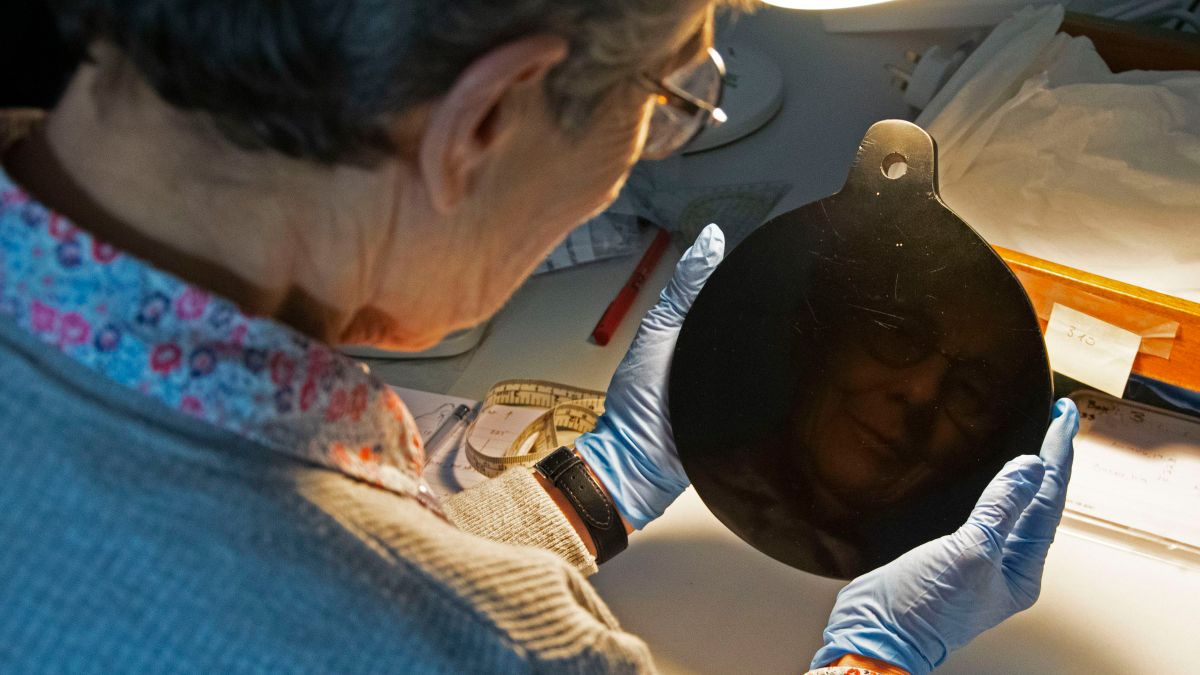

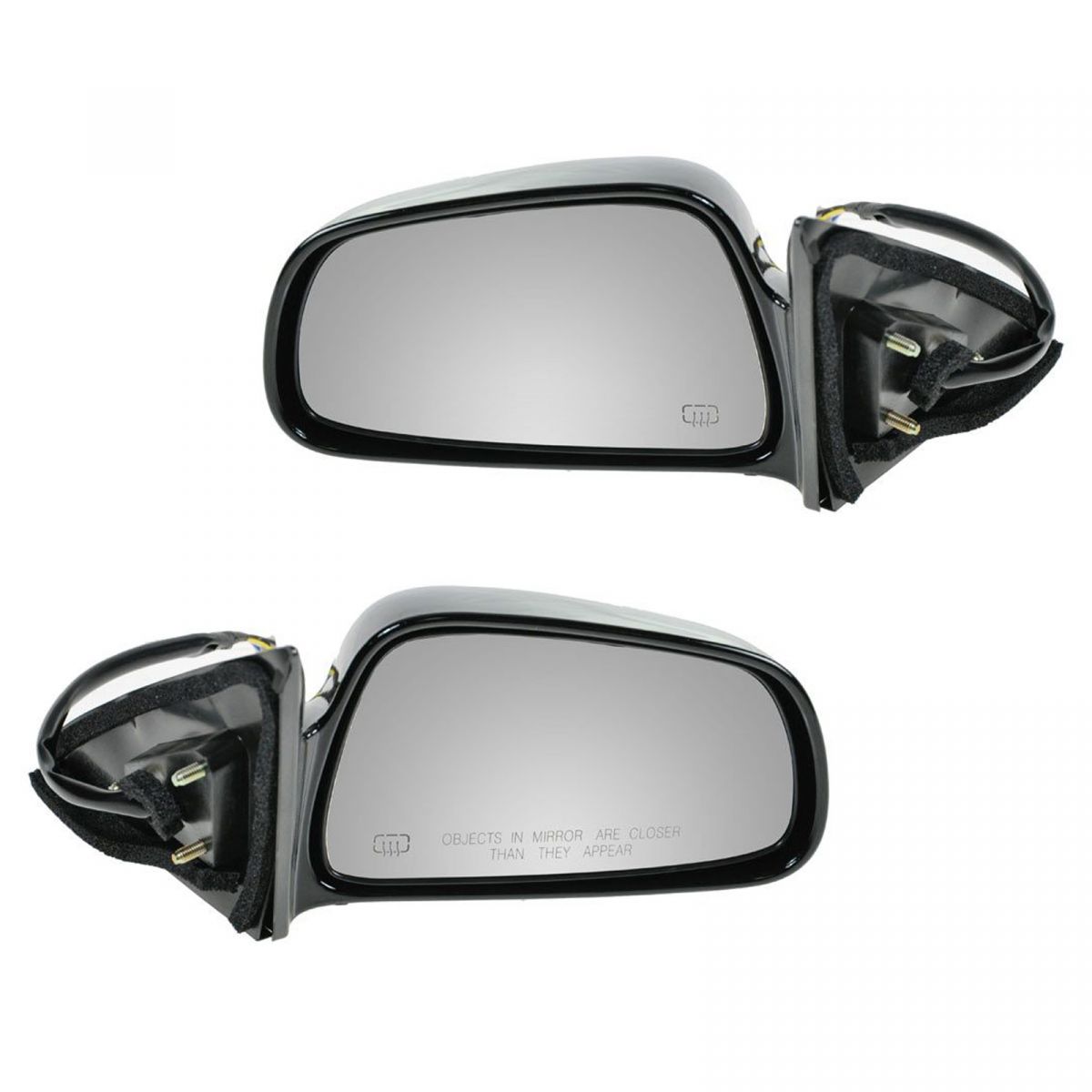
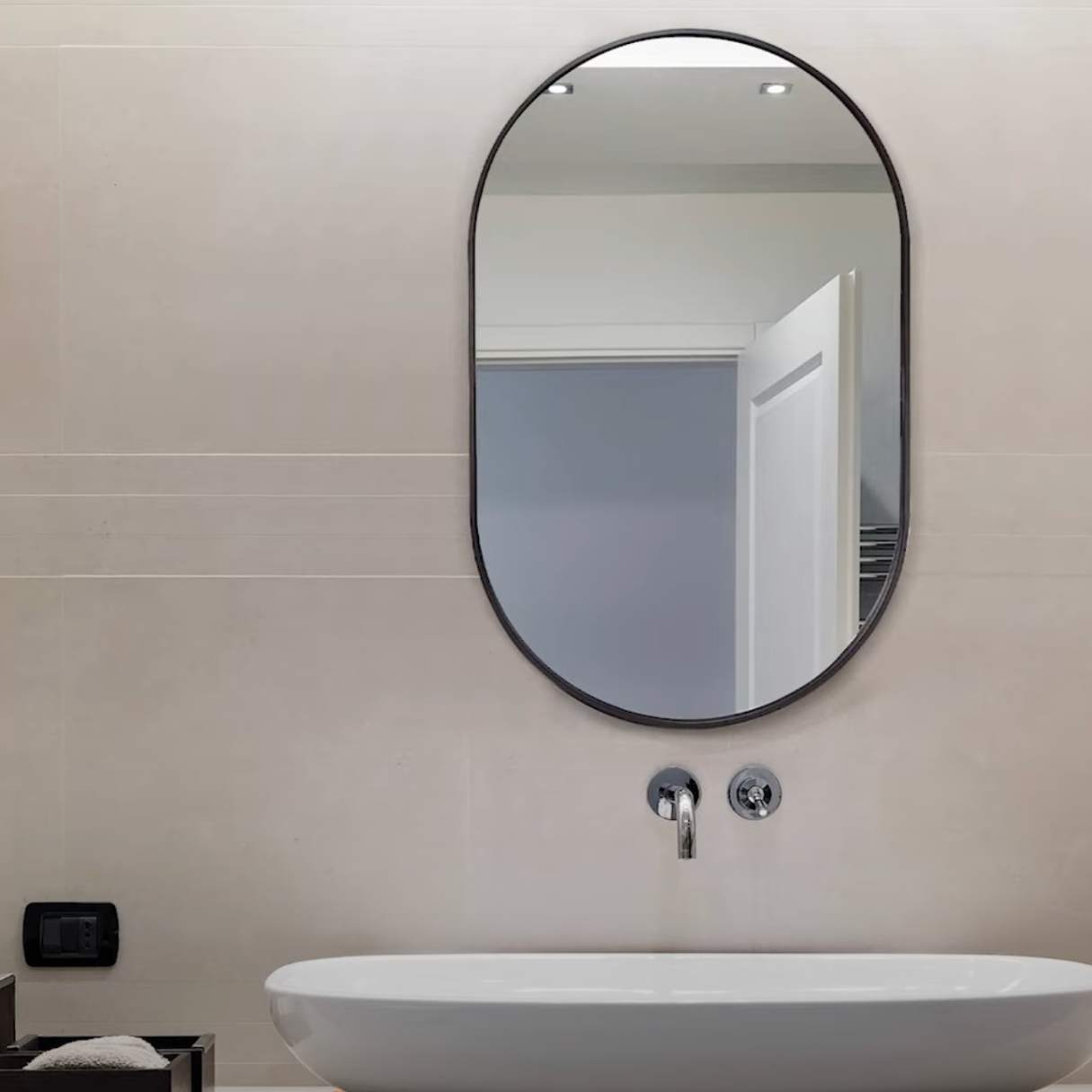
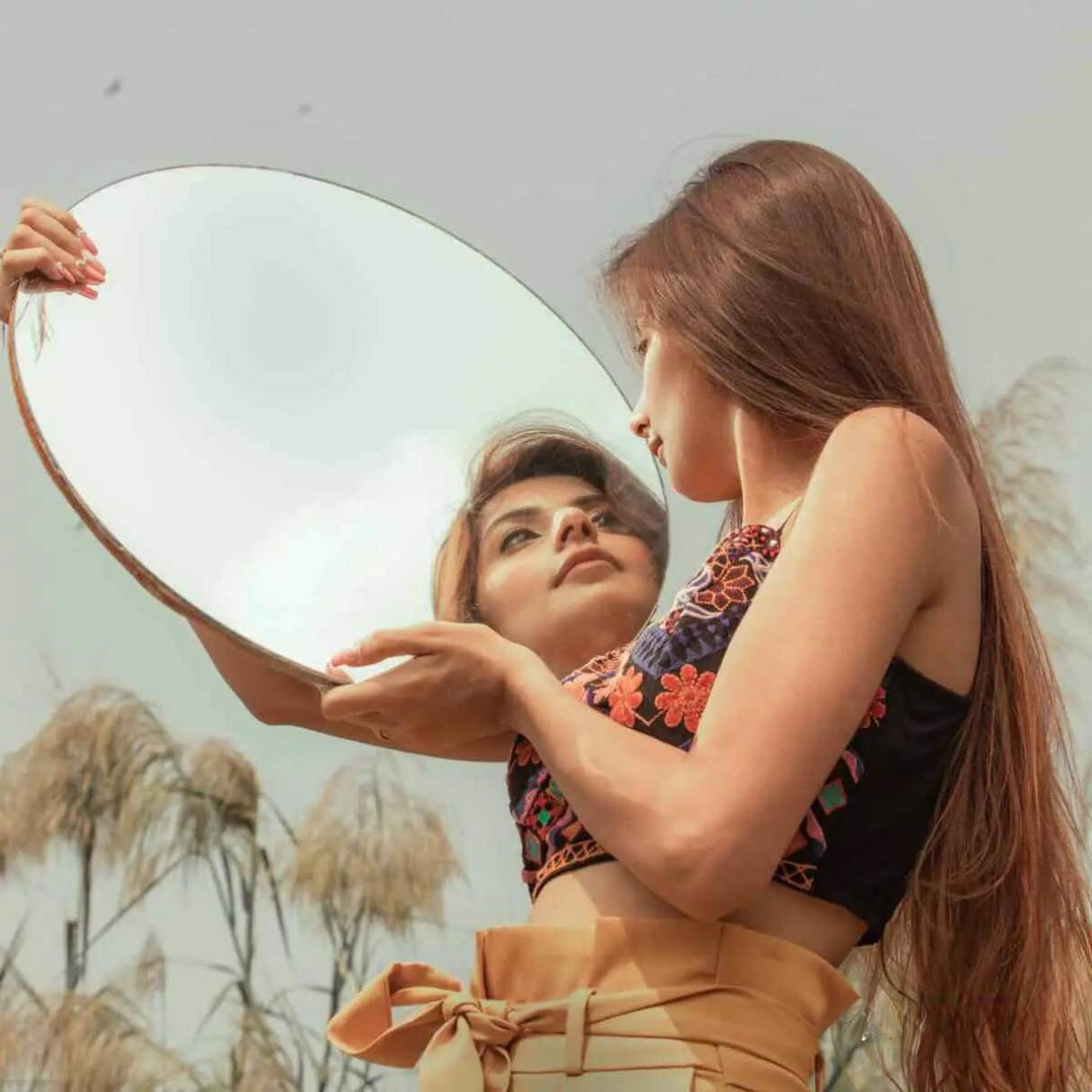
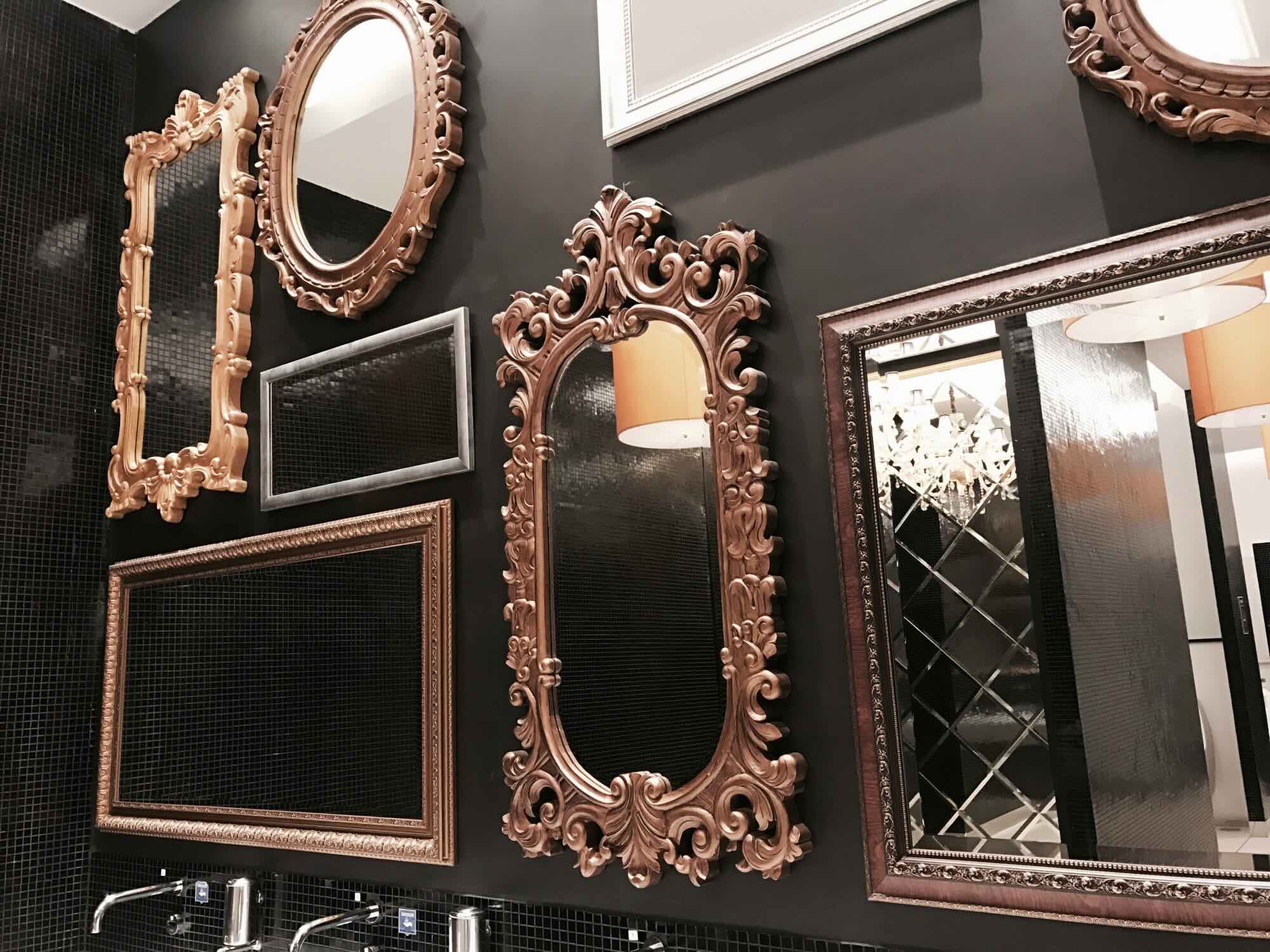
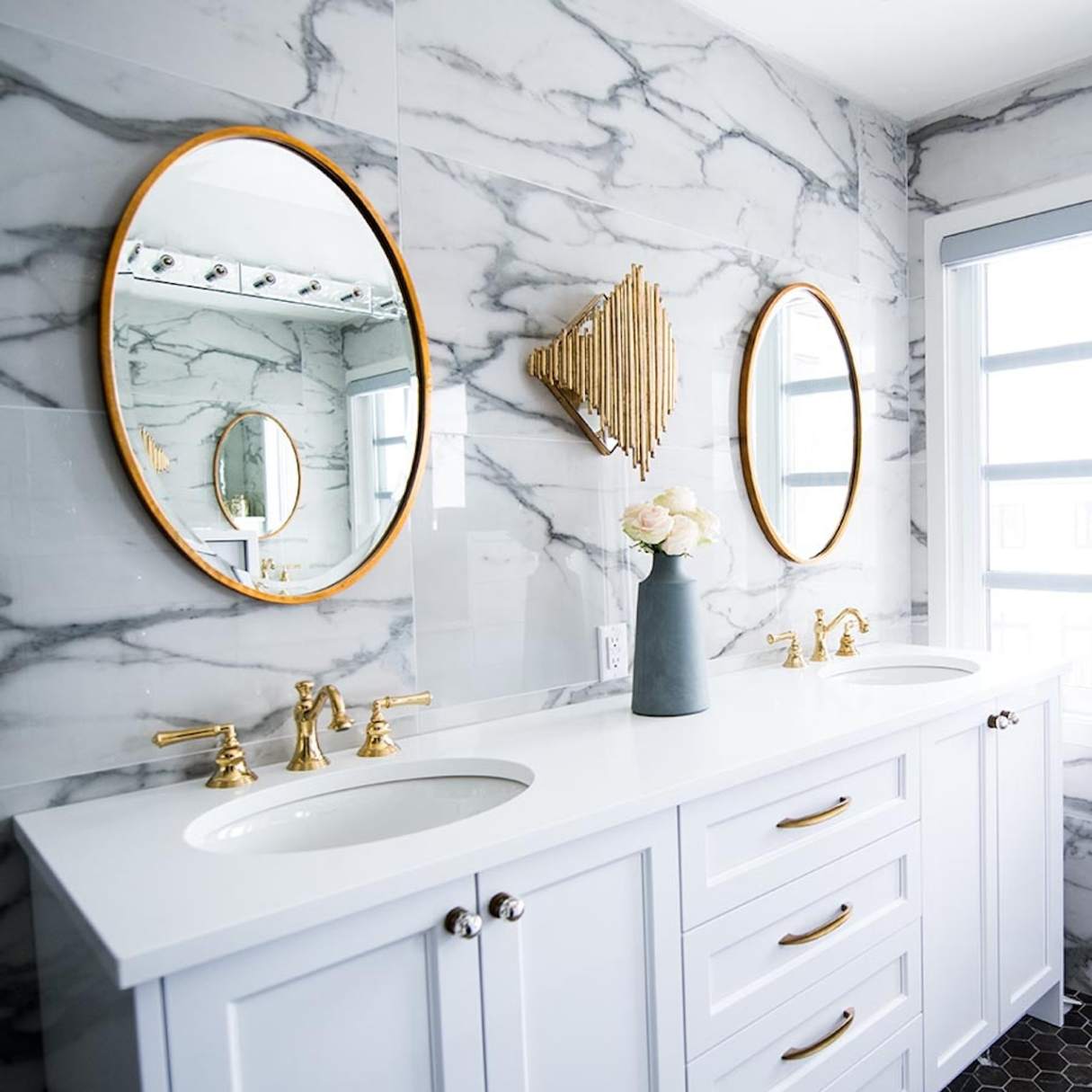
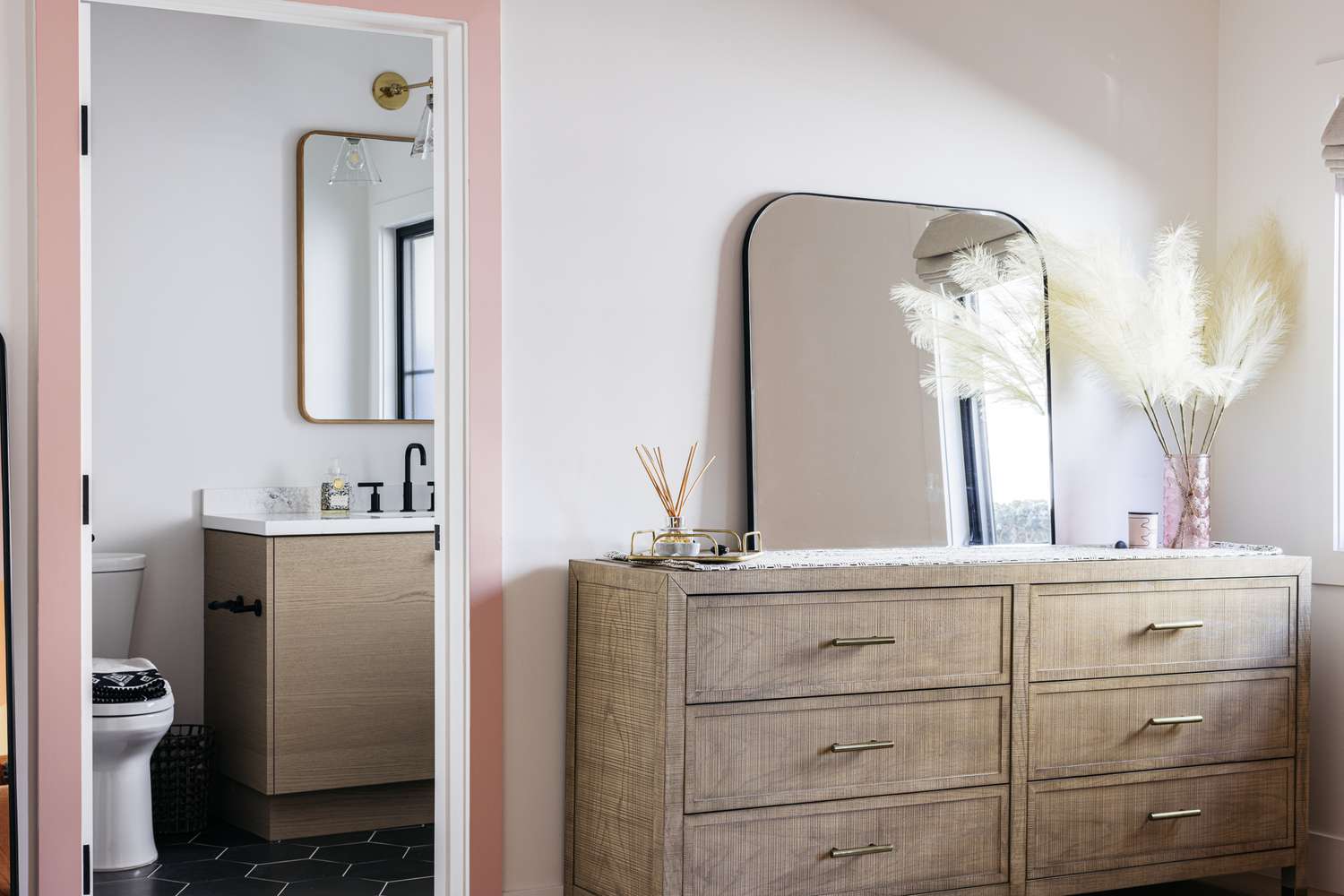

0 thoughts on “What Are Mirrors”